The MANY Faces of Out of Home Advertising

Out-of-home advertising (OOH) is a diverse and expansive medium that encompasses a wide range of formats, offering brands numerous opportunities to connect with their target audience in impactful ways. From traditional billboards to experiential advertising, OOH provides a versatile platform to create memorable campaigns and reach consumers in various locations and contexts.
1. Traditional Billboards: Traditional billboards are one of the most iconic forms of OOH advertising. These large, static displays are strategically placed in high-traffic areas, capturing the attention of pedestrians and motorists alike. The benefits of traditional billboards lie in their broad reach and extended visibility, as they can convey a brand’s message 24/7.
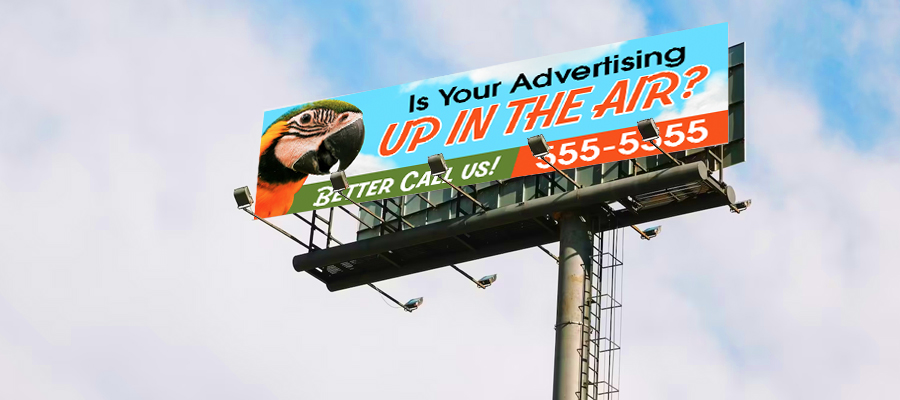
2. Digital Billboards: Digital billboards have transformed the OOH landscape, offering dynamic and eye-catching content that can be updated remotely. These vibrant displays allow for real-time messaging, enabling brands to adjust their advertisements to reflect current events or promotions. Digital billboards also provide the advantage of targeting specific audiences at different times of the day, enhancing the relevance and impact of the message.
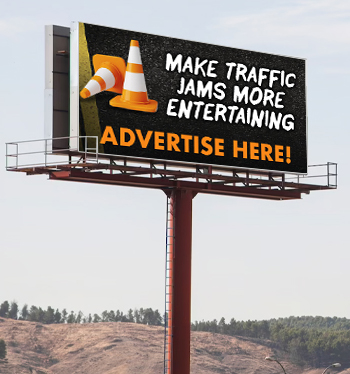
3. Mobile Billboards: Mobile billboards are a highly effective and dynamic advertising medium that involves placing advertisements on the sides of trucks or trailers that can travel throughout a specified area. These billboards essentially transform vehicles into moving, attention-grabbing platforms for delivering promotional messages. The benefits of using mobile billboards are numerous. Firstly, they provide unparalleled visibility, reaching a wide range of audiences as they move through busy streets, highways, and targeted locations. Their mobility allows them to reach specific demographics or target events and locations, maximizing exposure and brand recognition. Moreover, their ability to change locations allows for precise targeting and the opportunity to adapt campaigns based on real-time data and feedback.
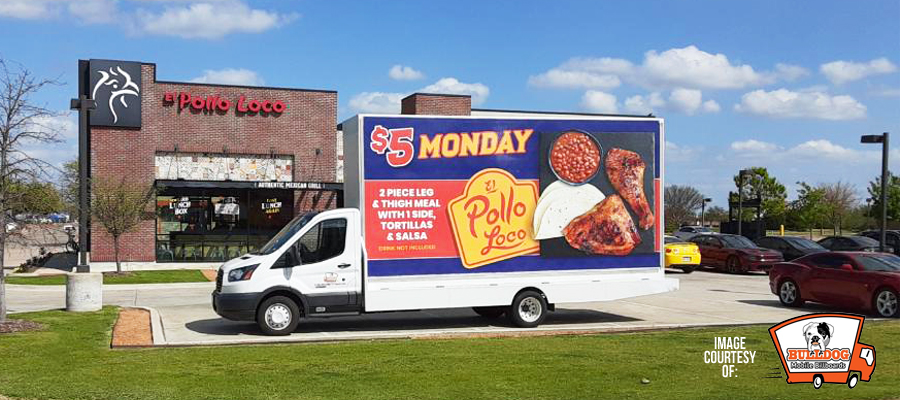
4. Bus Shelters: Bus shelters provide exposure to commuters and pedestrians waiting for public transportation. These displays often feature large, static posters or digital screens, allowing brands to capture the attention of individuals in transit. Bus shelters offer the benefit of targeting specific geographic areas or demographics, ensuring maximum relevance for the audience.
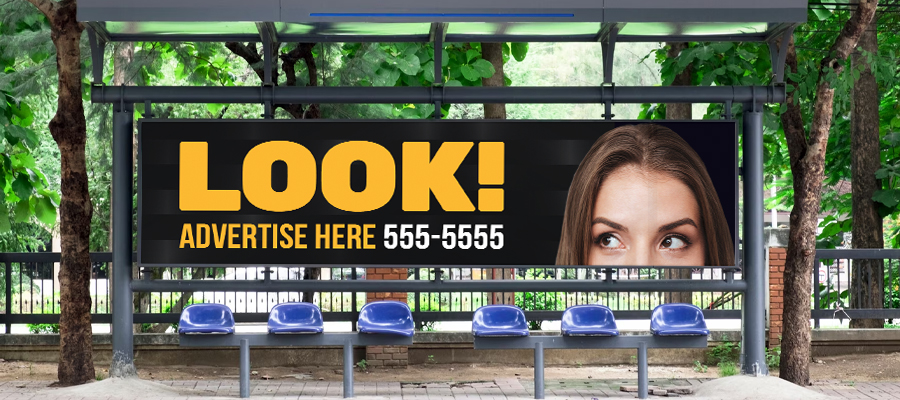
5. Gas Station Displays: Gas station displays present an opportunity for brands to reach consumers at a time when they are likely to be receptive to messaging. Whether through static posters or digital screens, gas station advertising can engage drivers during fuel stops or convenience store visits. The benefit lies in the captive audience and the potential for high-frequency exposure.
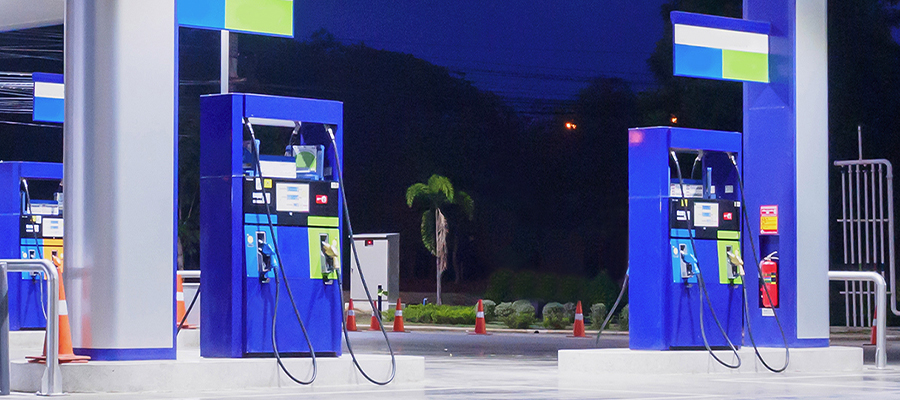
6. Street Furniture: Street furniture, such as kiosks, newsstands, and public benches, offer advertising opportunities in urban environments. These displays are strategically placed to attract the attention of pedestrians, providing exposure in high-footfall areas. Street furniture ads can create brand awareness and generate interest by integrating with the urban landscape and enhancing the overall aesthetic.
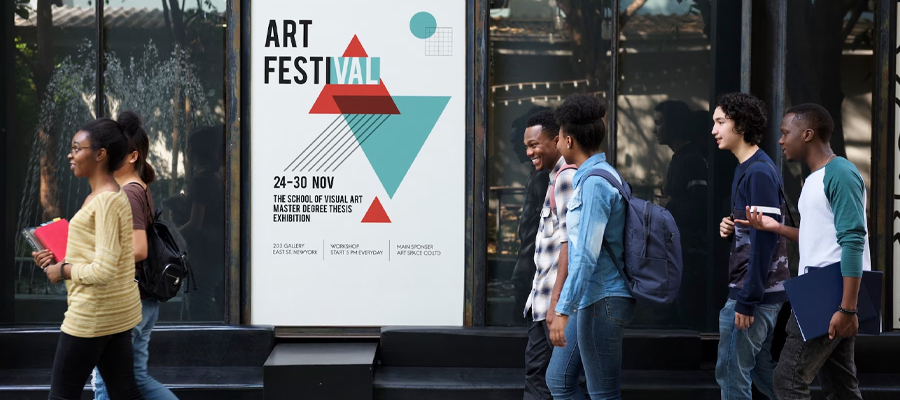
7. Bench Ads: Bench ads combine functionality with promotional messaging. By placing ads on public benches, brands can engage consumers during moments of rest and relaxation, offering a unique opportunity to connect with their audience on a more personal level.
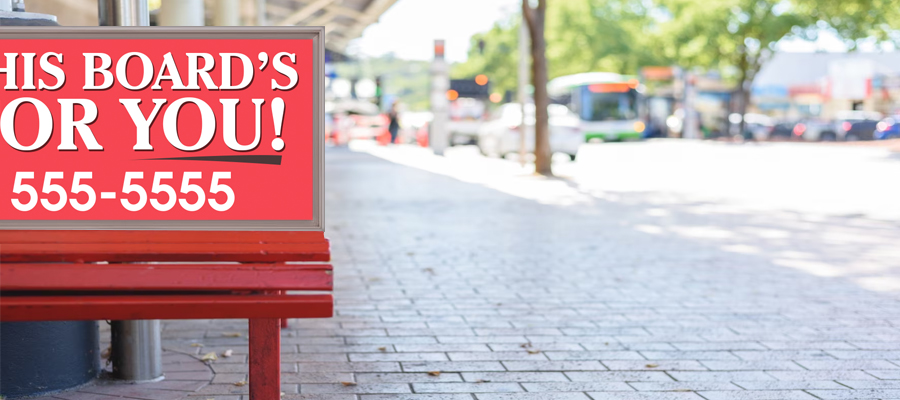
8. Wall Murals: Wall murals transform the facades of buildings into large-scale artworks and advertisements. These visually striking displays not only grab attention but also contribute to the aesthetic appeal of the surrounding environment. Wall murals have the advantage of creating a lasting impression and becoming a landmark in the community.
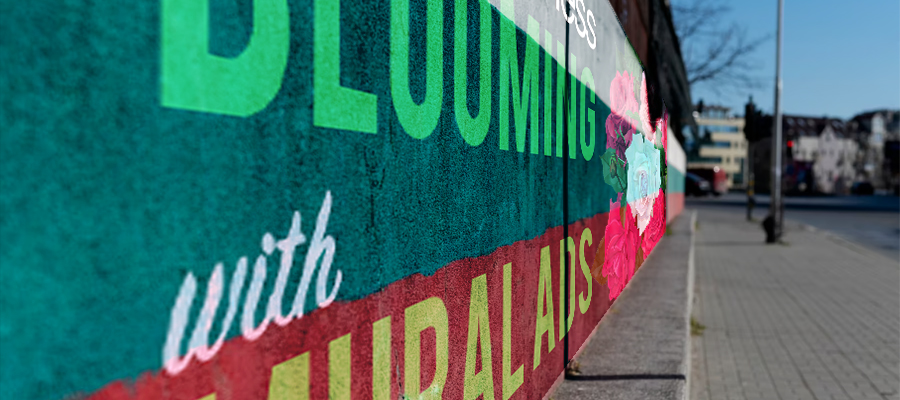
9. Airport Advertising: Airports provide a captive audience of travelers with a high disposable income. Advertising in airports allows brands to target a specific demographic and reach a diverse audience from various locations. From digital displays to immersive installations, airport advertising offers unique opportunities for engagement and brand exposure.
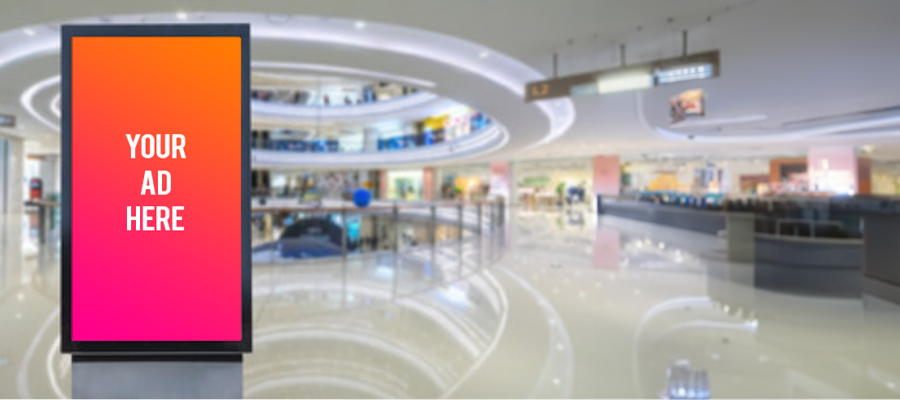
10. Bus/Vehicle Advertising: Advertisements on buses and other vehicles turn them into moving billboards, reaching a wide range of audiences as they traverse city streets. This format offers the benefit of mobility and flexibility, allowing brands to target specific areas or routes for maximum impact.
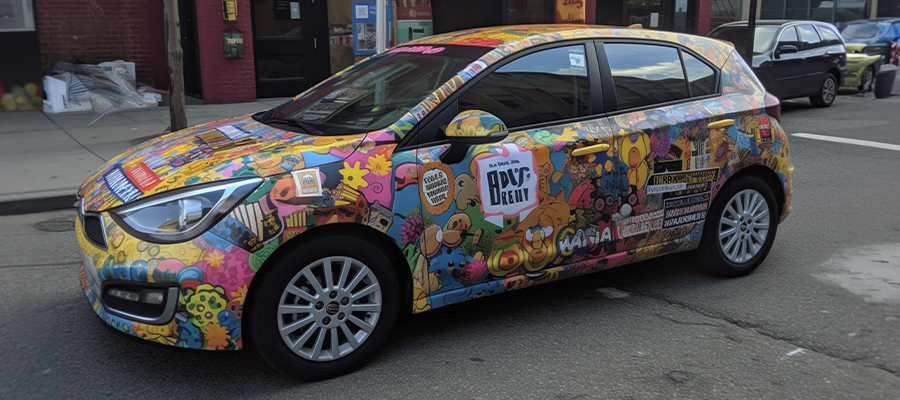
11. Taxi and Car Top Advertising: Taxi and car top advertising involves placing ads on the roofs of taxis or private cars. This format allows brands to reach consumers at eye level, creating a mobile and highly visible advertising platform that can navigate busy urban areas.
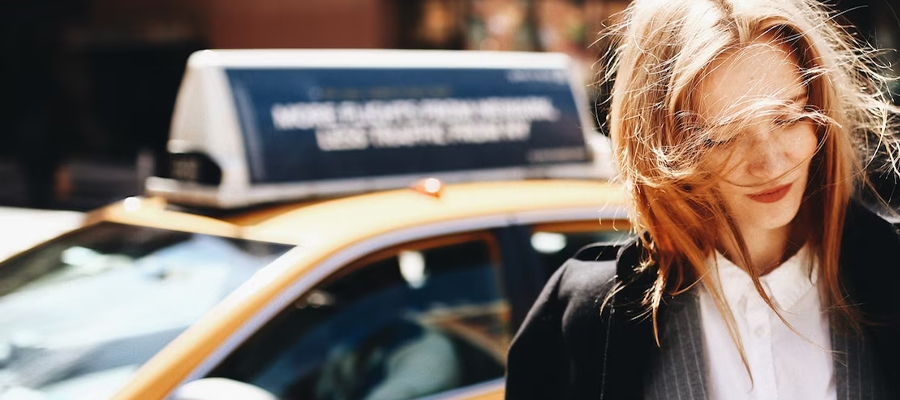
12. Place-Based Advertising: Place-based advertising involves targeting specific locations, such as malls, sports stadiums, universities, or entertainment venues. By focusing on these specific environments, brands can connect with consumers who are likely to be interested in their products or services.
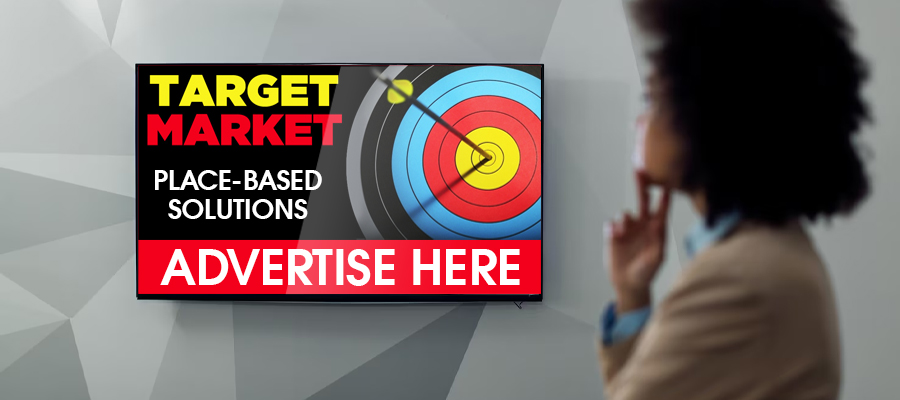
13. Experiential Advertising: Experiential advertising aims to create interactive and memorable experiences for consumers. It often involves installations, pop-up events, or activations that engage multiple senses and foster a deep connection between the brand and its audience. Experiential advertising has the benefit of creating lasting brand impressions and generating social media buzz.
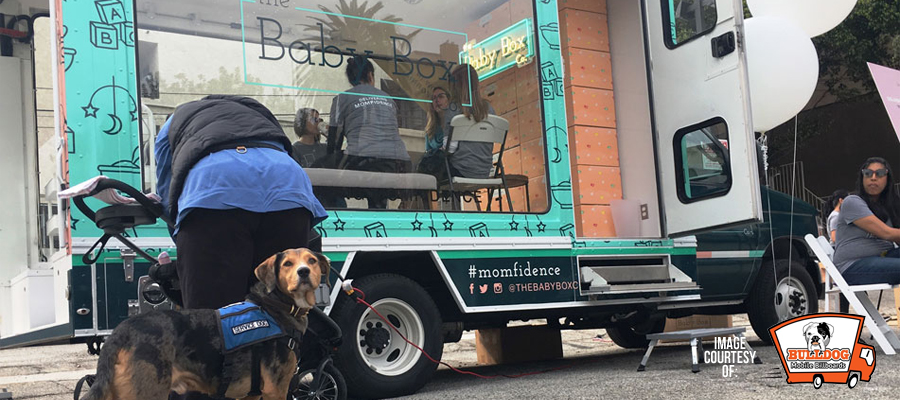
13. Guerilla Marketing: Guerilla marketing employs unconventional and attention-grabbing strategies to promote a brand or product. It often involves surprise or disruptive elements that catch consumers off guard and create memorable experiences. Guerilla marketing campaigns can go viral and generate significant buzz, leveraging the power of social media and word-of-mouth.
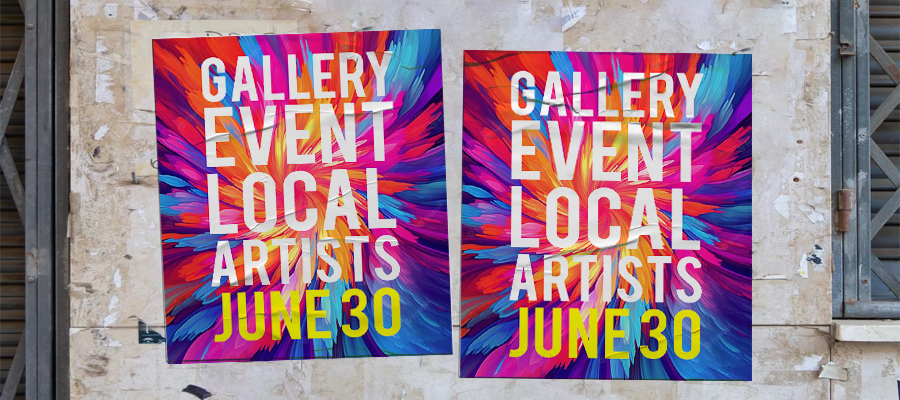
Each type of media in out-of-home advertising offers unique benefits and advantages. Traditional and digital billboards provide broad reach and extended visibility. Bus shelters and gas station displays target specific locations and captive audiences. Street furniture and bench ads integrate with the urban landscape and create personal connections. Wall murals become landmarks and contribute to the aesthetic appeal of communities. Airport advertising reaches a diverse and affluent audience. Bus/vehicle advertising and taxi/car top advertising offer mobility and flexibility. Place-based advertising targets specific environments and consumer interests. Experiential advertising creates memorable brand experiences. Guerilla marketing generates viral buzz and unconventional brand exposure.
In conclusion, the diverse range of media available in out-of-home advertising provides brands with numerous opportunities to connect with their target audience. By carefully selecting the right mix of media and leveraging their unique benefits, marketers can maximize the reach, impact, and effectiveness of their OOH campaigns.

